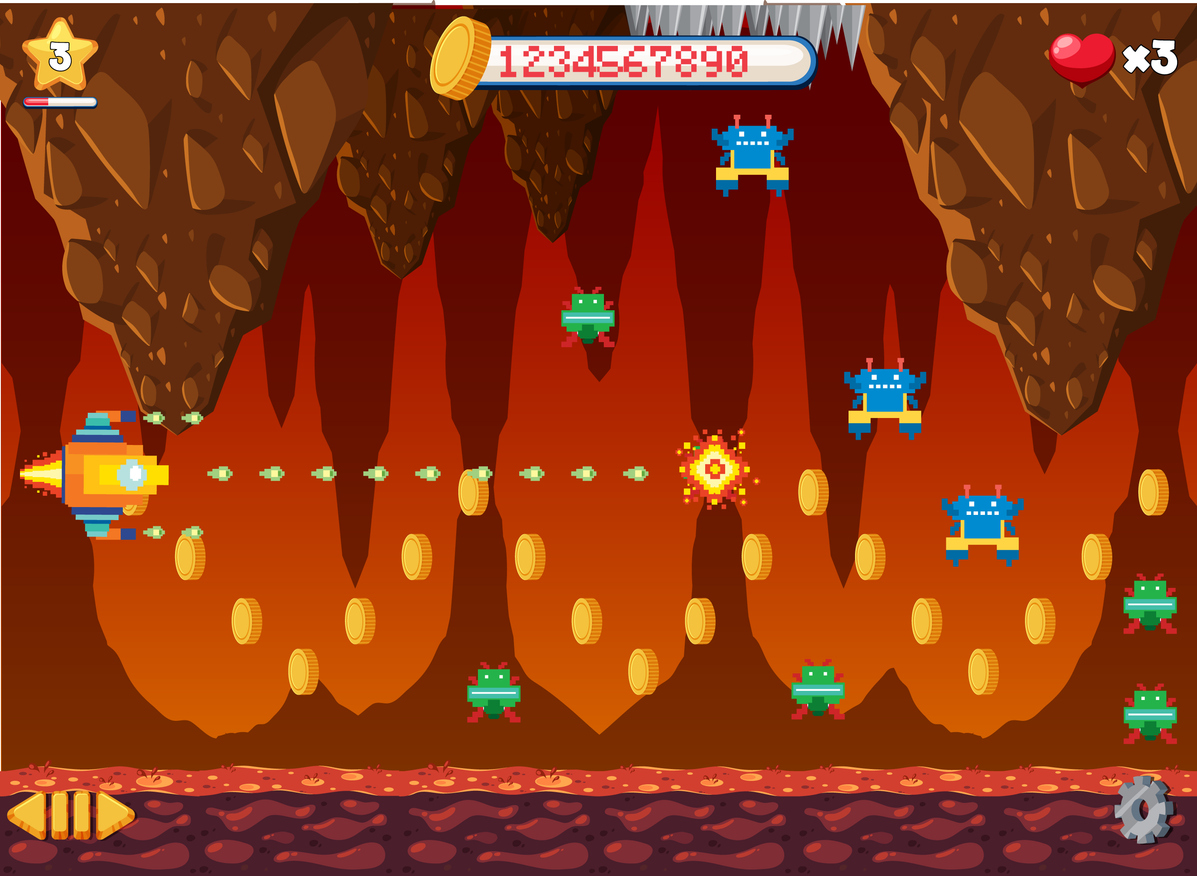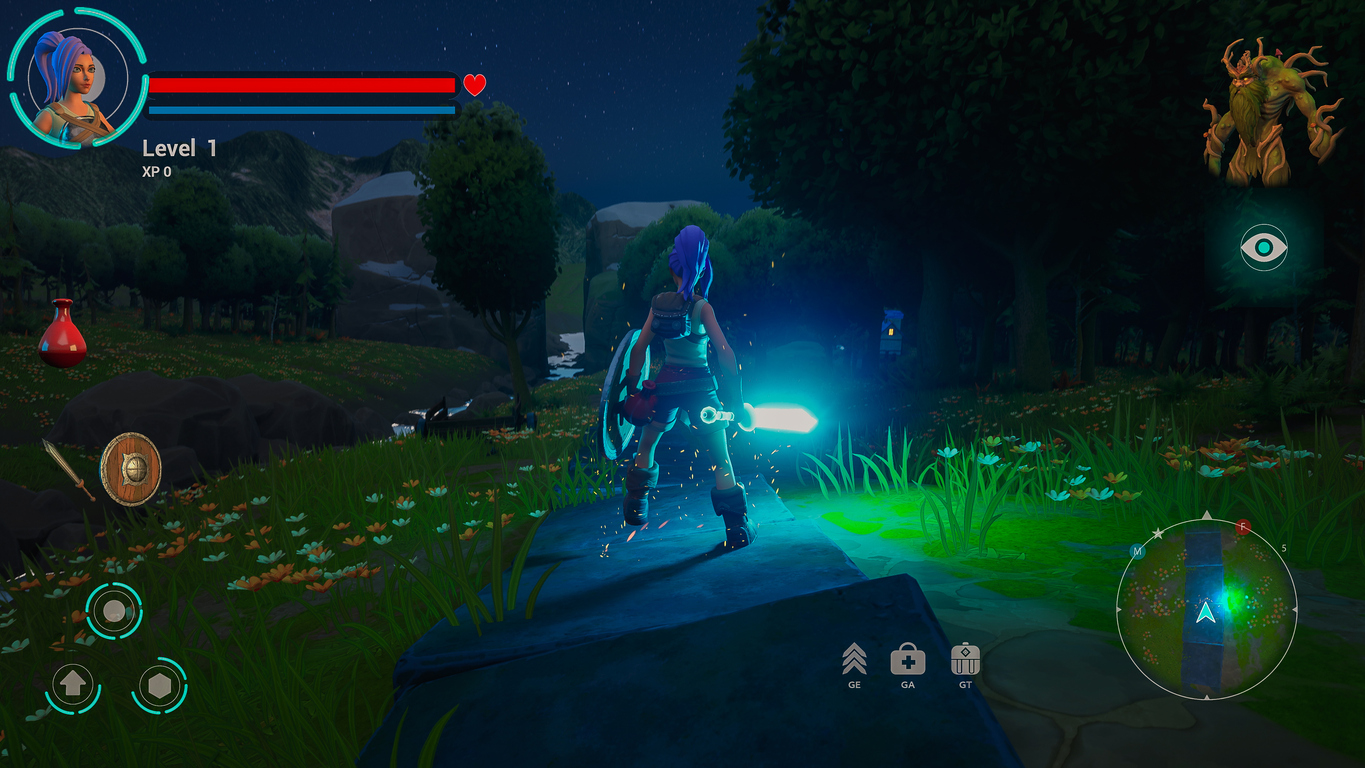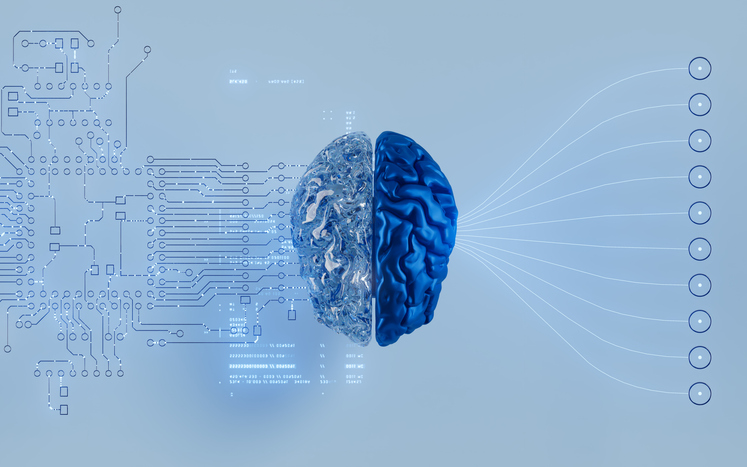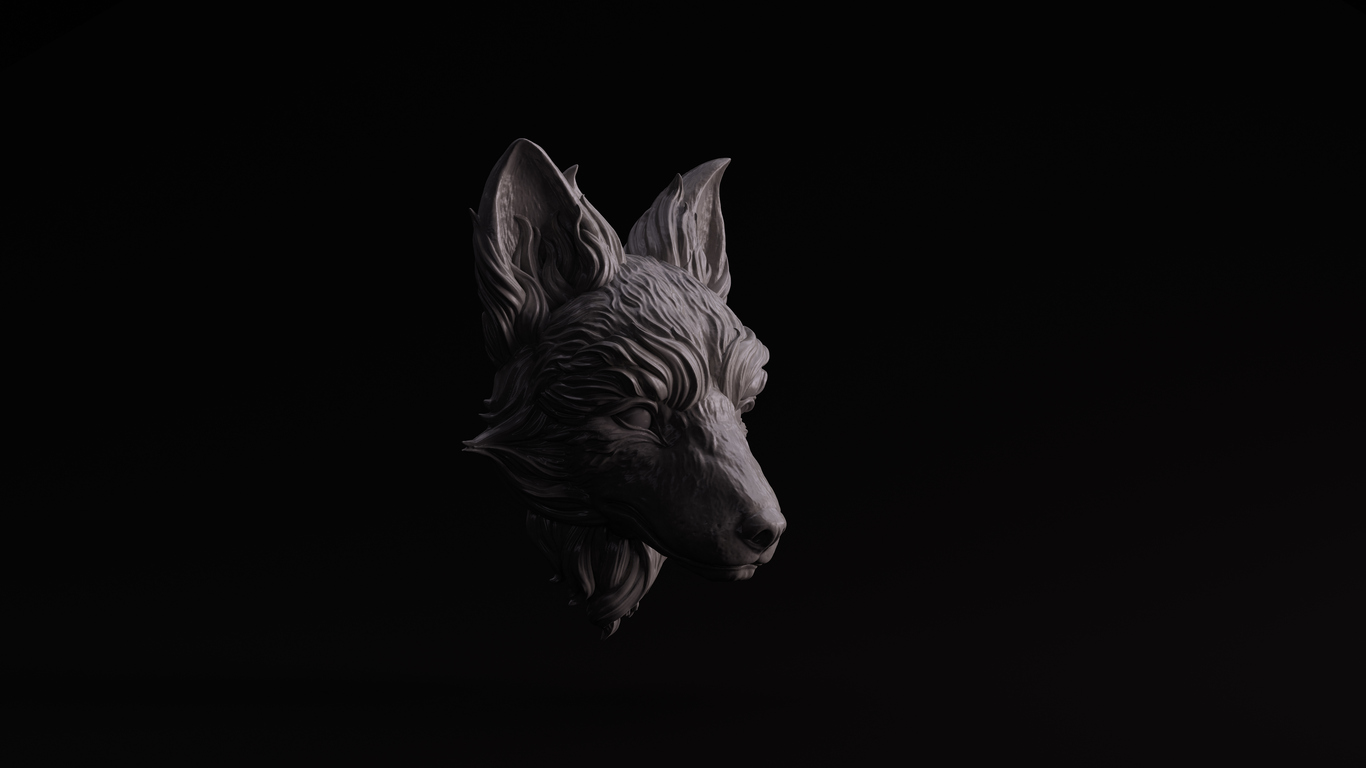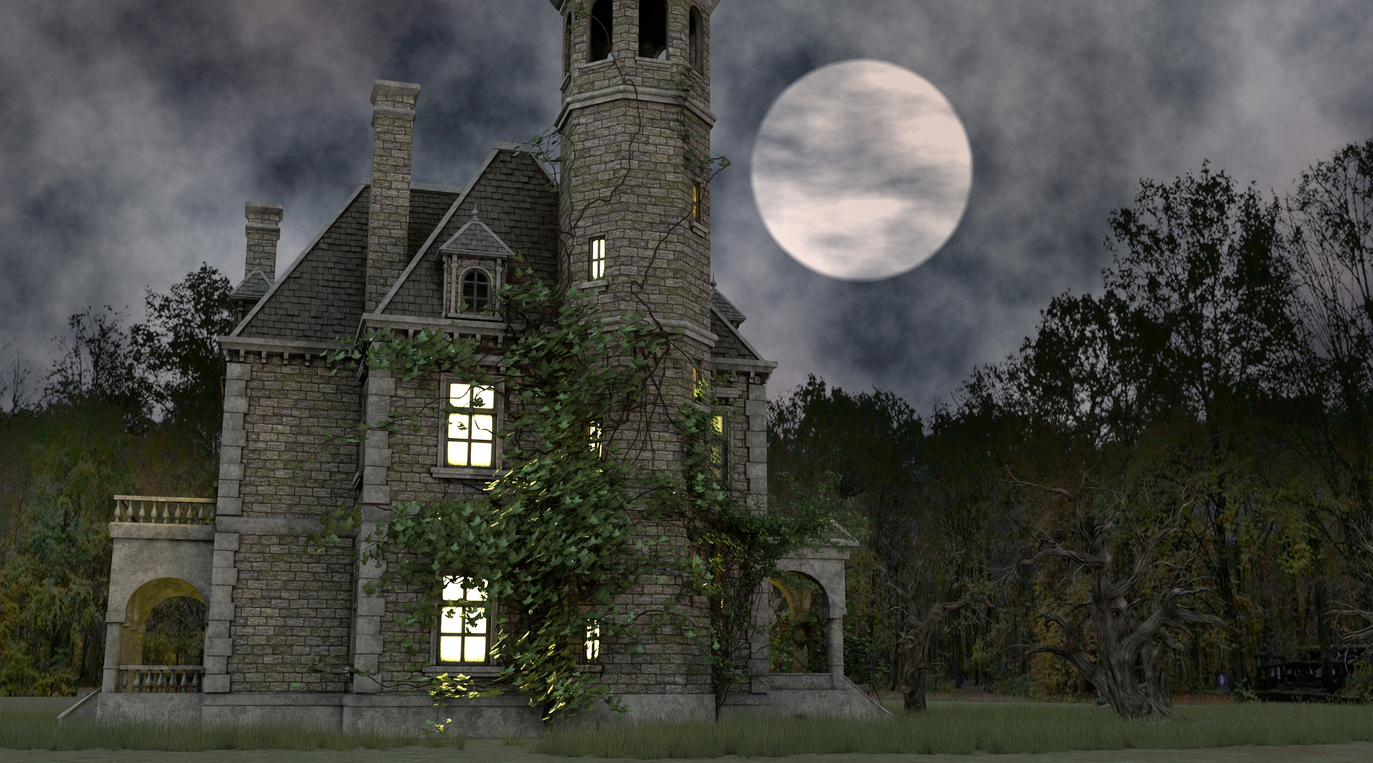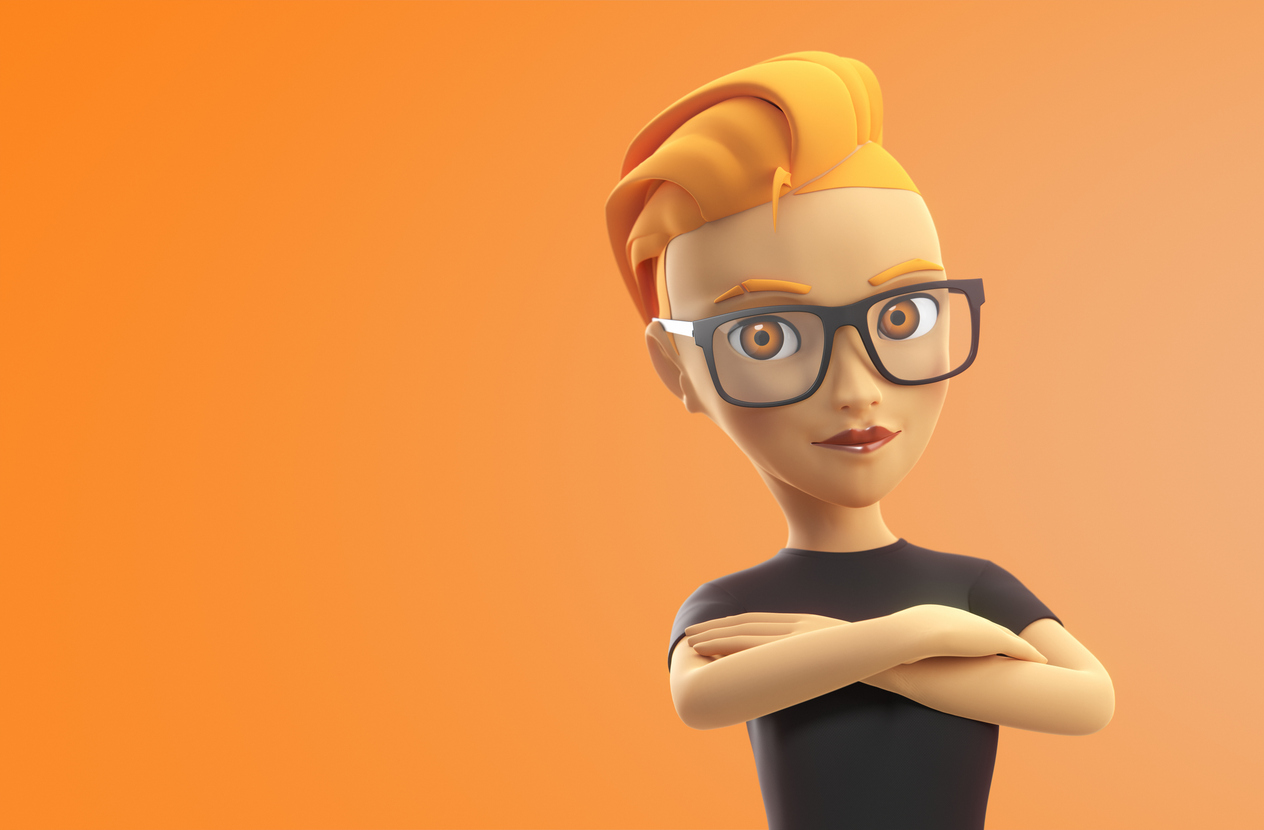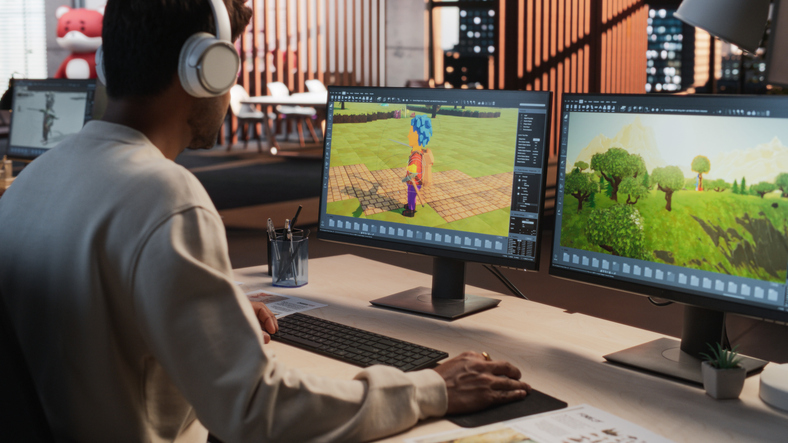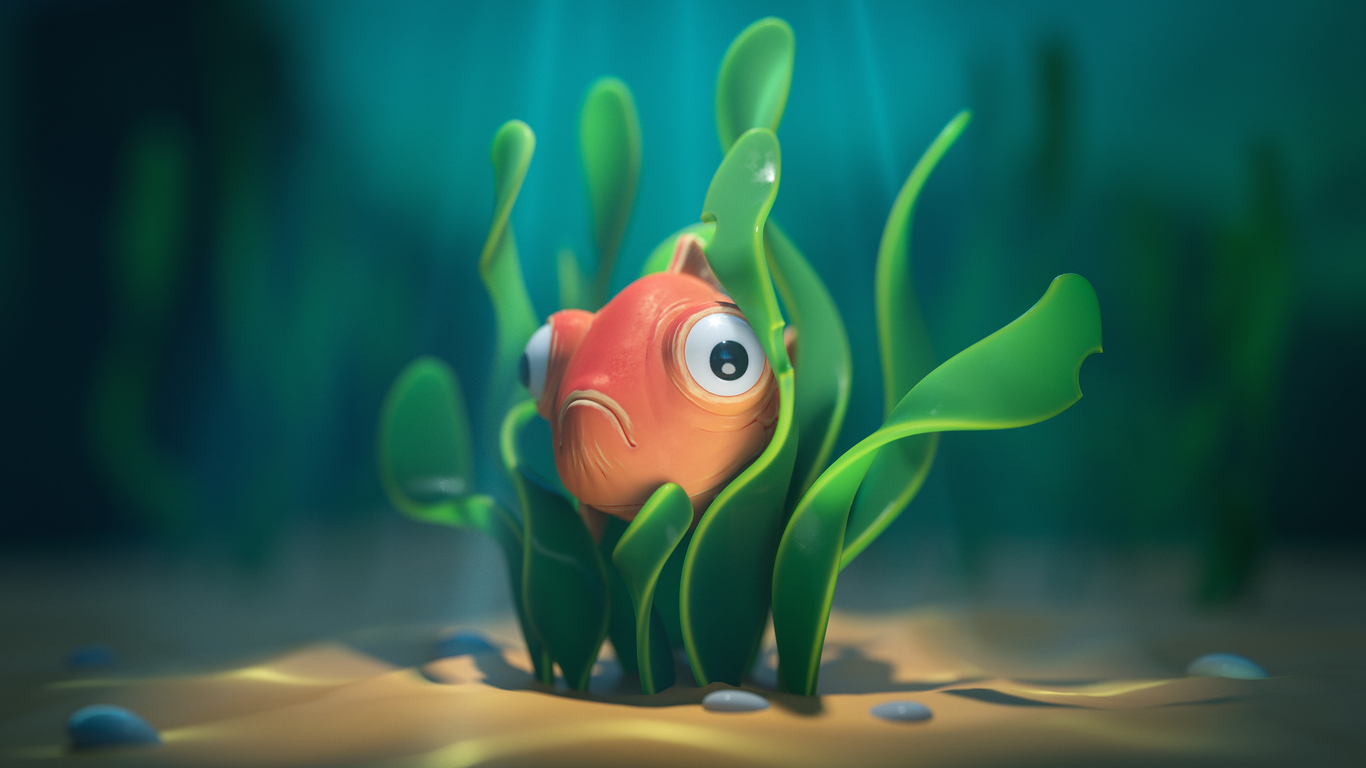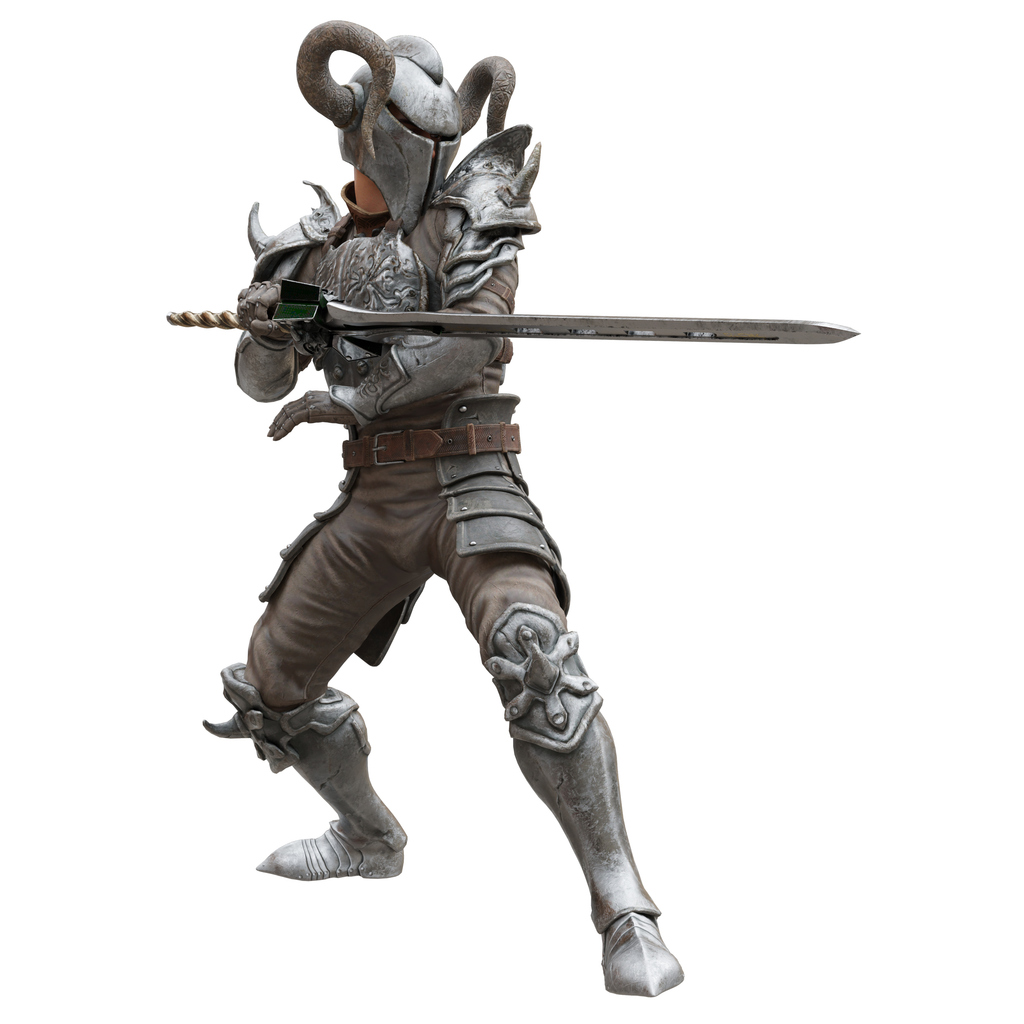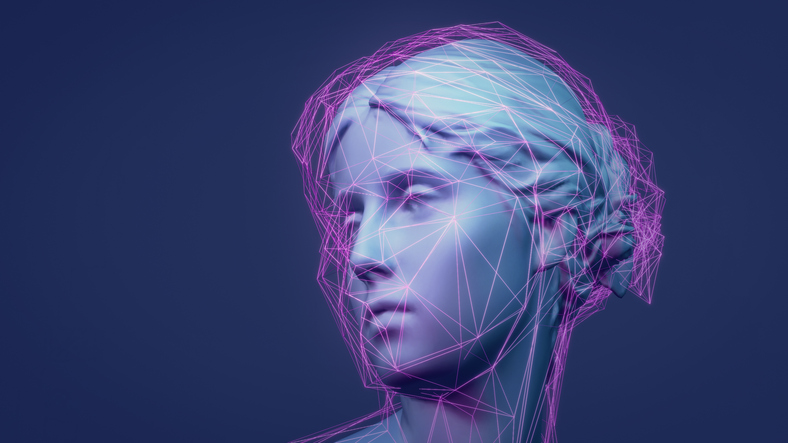In a world where animated films captivate global audiences and video games transport us to imaginative universes, 3D modeling has become a foundational skill for aspiring animators. If you've ever watched Pixar's Toy Story, admired the visual splendor of Frozen, or explored immersive gaming environments like Red Dead Redemption 2, you’ve already experienced the magic of 3D modeling in action. But what exactly are the 3D modeling skills needed to launch a career in animation, and why are they so essential? Whether you dream of crafting lifelike characters or designing fantastical worlds, mastering 3D modeling is your first step into the dynamic world of animation.
In this article, we’ll explore what 3D modeling is, why it matters for animation, the essential skills you need to succeed, and how VCAD’s 3D Modeling Animation Art and Design Program can help turn your passion into a profession.
What is 3D Modeling?
3D modeling is the process of creating a mathematical representation of a three-dimensional object using specialized software. These digital models are built using points, lines, and polygons, forming the "mesh" or skeleton of the object. Whether it's a character, vehicle, environment, or prop, 3D models serve as the building blocks of animated scenes. Once the model is complete, it can be rigged (equipped with a virtual skeleton), textured (covered in materials and colours), and animated (brought to life with motion). Tools like Blender, Maya, and ZBrush allow artists to sculpt with precision, creating detailed assets for movies, games, commercials, and even virtual reality.
Bonus Read: Is 3D Animation a Good Career in Canada?
Why 3D Modeling is Important for an Animation Career
3D modeling lies at the heart of the animation pipeline. Before a character can run, jump, or speak on screen, they must be modeled in a 3D space. A well-crafted model ensures that animators can effectively rig and animate without technical issues. Moreover, 3D modeling extends beyond characters. Environments, objects, and even special effects often begin with a model. Strong 3D modeling skills ensure seamless storytelling, visual coherence, and technical efficiency in production. As modern animation continues to push boundaries in realism and immersion, the demand for skilled 3D modelers continues to rise across industries including film, video games, advertising, architecture, and education. Mastering 3D modeling not only opens the door to animation careers but also positions you at the forefront of digital design.
Bonus Read: 3D Animation & Its Importance in Modern Media
3D Modeling Skills You Need for an Animation Career
To thrive in animation, you need more than artistic talent. You must develop a blend of technical, creative, and collaborative skills. Here are the top 10 3D modeling skills every animator should master:
3D Software Proficiency
Animation studios expect modelers to be proficient in industry-standard 3D animation software and tools. Knowledge of platforms like Autodesk Maya, Blender, ZBrush, and Substance Painter is non-negotiable. Understanding the unique capabilities of each platform allows for more flexibility and better collaboration with animation teams.
Polygonal and Sculpting Techniques
Different projects require different modeling methods. Polygon modeling offers precision for architectural and mechanical designs, while digital sculpting excels in creating organic characters. Learning both techniques expands your versatility and project scope.
UV Mapping and Texturing
UV unwrapping transforms a 3D model into a 2D canvas, allowing artists to apply textures accurately. Understanding how to create seamless, optimized UV layouts and working with various maps albedo, normal, roughness, and metallic enhances visual realism.
Lighting and Rendering Fundamentals
Lighting affects mood, realism, and visibility in animation. Learning three-point lighting, HDR environments, and rendering engines like Arnold or Redshift ensures that your models look polished and production ready.
Basic Animation Knowledge
While you may not become a full-time animator, understanding animation principles like timing, spacing, and rigging helps you build models that animate smoothly. Rigging friendly topology is critical for performance.
Design Principles and Aesthetics
Great models are not just technically sound but also visually compelling. Mastering design fundamentals such as colour theory, composition, and proportion helps bring your creations to life with impact and emotion.
Attention to Detail
Top tier animations often come down to the details. Clean edge flow, proper scale, believable surface imperfections, and consistency in texture resolution all contribute to high quality assets.
Technical Problem Solving
From mesh artifacts to rendering errors, problems are inevitable. The ability to debug issues, manage polygon counts, and optimize textures ensures smooth production workflows and prevents costly delays.
Collaboration and Team Communication
Most animation projects involve large groups. Modelers must collaborate with riggers, animators, and directors. Clear communication, version control, and feedback integration are essential to staying aligned and productive.
Continuous Learning and Adaptability
The animation industry is evolving rapidly. New software updates, plugins, and techniques emerge constantly. Lifelong learning through tutorials, workshops, and experimentation ensures your skills stay fresh and competitive.
Career Opportunities in 3D Modeling & Animation
Once you develop core 3D modeling skills, a variety of career paths open up across media, entertainment, and design industries:
- 3D Character Modeler: Focuses on sculpting characters with personality, anatomy, and detail.
- Environment Artist: Designs immersive worlds, from urban landscapes to fantasy realms.
- Texture and Material Artist: Specializes in crafting realistic surfaces using maps and shaders.
- Lighting and Rendering Artist: Enhances scenes with cinematic lighting and optimized rendering.
- Game Asset Modeler: Creates optimized assets for use in game engines like Unity or Unreal Engine.
- VFX Artist: Combines 3D modeling with effects like explosions, water, and magical phenomena.
- Motion Graphics Designer: Blends modeling with animation for marketing, intros, and title sequences.
- VR/AR Content Creator: Develops interactive experiences for virtual and augmented reality platforms.
The demand for skilled 3D modelers is growing in industries such as:
- Film and TV Production (e.g., Pixar, Marvel Studios)
- Video Game Studios (e.g., Ubisoft, EA Games)
- Advertising and Digital Marketing
- Architecture and Interior Visualization
- Healthcare and Medical Animation
- Education and E learning
Why Choose VCAD to Learn 3D Modeling?
If you're serious about launching your animation career, enrolling in a structured diploma program is the most effective way to gain industry ready for 3D modeling skills. VCAD's 3D Modeling Animation Art and Design Diploma stands out for its blend of artistic training and technical mastery. Here’s why:
- Hands On Learning: The program emphasizes practical, project-based education. You won't just study theory, you'll create real animations, characters, and environments.
- Industry Tools and Techniques: Learn to use software like Maya, ZBrush, Substance Painter, Houdini, and Unreal Engine, all of which are integral to modern animation pipelines.
- Portfolio Development: By graduation, you'll have a polished portfolio showcasing your skills, making your job ready.
- Expert Mentorship: Courses are led by professionals who bring real world insight, feedback, and industry connections.
- Flexible Learning Options: Study online from anywhere in Canada or attend in person at VCAD campuses in Vancouver or Calgary.
- Certified and Respected: The program is certified by the Private Training Institutions Branch (PTIRU) in British Columbia, ensuring quality education and recognized credentials.
Whether your goal is to work in a studio, freelance as a digital artist, or eventually direct animated features, VCAD provides the tools and support to help you succeed.
Final Thoughts
3D modeling is more than just a technical skill; it's a gateway to creative expression, storytelling, and career success in the world of animation. From mastering software and sculpting techniques to developing design sensibilities and collaborating with teams, each skill builds your foundation as a future animator. As the demand for 3D animation continues to grow across industries, there’s never been a better time to invest in your future. With the right training and a strong portfolio, you can turn your passion into a profession.
So, if you’re ready to begin your animation journey, VCAD’s 3D Modeling Animation Art and Design Diploma could be your perfect launchpad. Dive into the exciting world of 3D modeling and start building the skills that will bring your creative vision to life.
